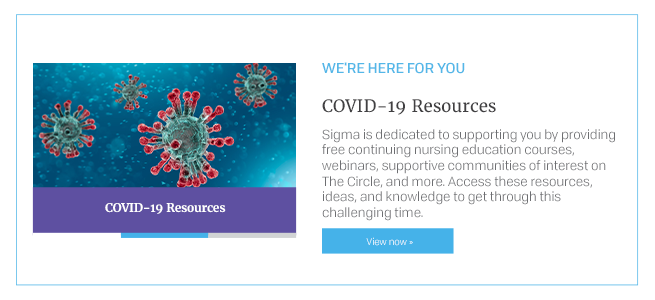When did your facility see its first COVID-19 patient? How quickly has the situation evolved in New Jersey?
It was the first week of March. This situation evolved very quickly here with my facility being hit the hardest, and it continues to have the highest amount of COVID-19 patients in New Jersey. Immediately a quarantine area was created in our ER for incoming patients. Within several hours, the patients were deteriorating rapidly and required intubation. In the ICU, we received our first two patients in our two negative pressure rooms. Within three days, though, we had all 19 beds under emergency construction to add more negative pressure rooms. We could not keep up with the large influx of initial patients. Every day we were seeing a new influx of patients in our emergency room. Initially, the patients were remaining in the ER, or if intubated, coming to the ICU. We now have three more floors converted to negative pressure for those who are more stable, our non-COVID-19 ICU patients are in the PACU area, and currently, another area is being converted into a critical care area. As of today, we have 17 patients vented with three more waiting in the ER. I believe we have 20 plus patients on the other COVID-19 floors, which increases every day.
How are you keeping up with information that seems to be changing hour by hour?
The hospital is very good about keeping our staff updated in a timely manner. Managers and administration hold virtual meetings every couple of hours, followed by huddles in the unit to provide staff new information. Emails are sent out. A phone number was created for staff to call to hear updates from an administrator twice a day, and we have created an internal COVID-19 website with evolving information.
How are you dealing with the shortage of personal protective equipment (PPE)?
My awesome co-workers and I in the ICU are very fortunate that our hospital prepared early and prepared well. With that said, we are facing the reality of PPE shortages. Looking forward and trying to get ahead, our hospital instituted a sterilization process for the N95 masks last week, that way when we hit a critical shortage, our personal saved sterile masks can be reused. We also have a sterilization process for the old laundered gowns which we will be moving to soon when the plastic gowns start to run low.
How are you dealing with the increased pressure and stress?
These patients are the sickest of the sick, and the care is extremely challenging and stressful. Almost all patients are on anywhere from 5-10 IV drips and are paralyzed. We prone patients almost every day and provide physical care. There is also a strong emotional aspect we deal with daily, not only for what we are seeing and dealing with, but for the families who cannot be by their loved one's bedside. We start every day and every shift with a huddle where we give updates and share words of encouragement. The support and teamwork we give each other is the only way to get through the shift.
What advice do you have for other nurses on the front lines of this pandemic?
Support each other, hydrate well, and do not skip meals. Be sensitive to your co-workers. Realize when one is feeling overwhelmed or emotional, and allow them to step away for a short period of time. If there is any time for team nursing, it is now!
Arlene Van Dyk, AACN, ACLS, ICU, RN, is a critical care nurse at Holy Name Medical Center in Teaneck, New Jersey, USA. She is a member of Sigma’s Phi Pi Chapter at Chamberlain University.
